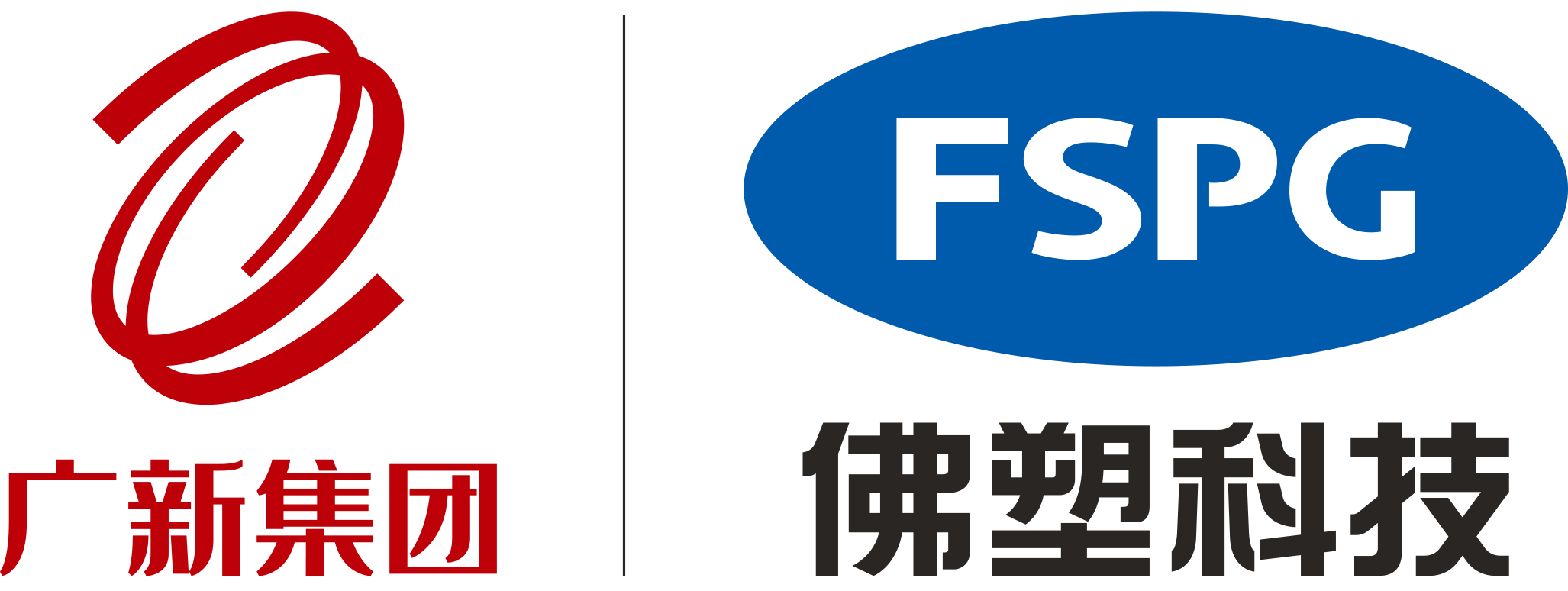Views: 0 Author: Site Editor Publish Time: 2024-08-10 Origin: www.fspgfilm.com








Heat transfer film and screen printing are two distinct methods used in the printing industry, each with its own set of processes, advantages, and limitations. To understand whether heat transfer film can be used for screen printing, it's essential to delve into the specifics of both techniques and explore their compatibility.
Heat transfer film, also known as heat transfer vinyl (HTV), is a specialized material used to transfer designs onto fabrics or other substrates using heat and pressure. The process involves printing a design onto the heat transfer film, cutting out the design using a vinyl cutter, and then applying the design to the fabric using a heat press. The heat activates the adhesive on the film, bonding it permanently to the fabric.
Heat transfer film is available in various textures and colors, and it is commonly used for creating custom T-shirts, sportswear, and other apparel. The process is relatively simple and cost-effective for small orders and allows for high customization.
Screen printing, also known as silk screening, is a traditional printing method that involves creating a stencil (or screen) and using it to apply layers of ink on the printing surface. The process includes several steps: preparing the screen, applying the stencil, spreading ink over the screen, and pressing the ink through the screen onto the fabric. This method is highly effective for producing bulk orders and is known for its durability and vibrant colors.
Screen printing is widely used for creating designs on T-shirts, posters, and other promotional materials. It is particularly suitable for designs that require multiple colors and intricate details.
While both heat transfer film and screen printing are used to create designs on fabrics, they differ significantly in their processes and applications:
Process: Heat transfer film involves printing and cutting a design on a vinyl sheet and then applying it to the fabric using heat. Screen printing involves creating a stencil and applying ink through the stencil onto the fabric.
Cost: Heat transfer film is cost-effective for small orders and customized designs, while screen printing is more economical for bulk orders.
Durability: Screen printing is generally more durable and long-lasting compared to heat transfer film, which may crack or peel over time.
Flexibility: Heat transfer film allows for high customization and is suitable for small runs, while screen printing is ideal for large runs and complex designs with multiple colors.
Given the distinct processes and materials involved in heat transfer film and screen printing, they are generally not interchangeable. Heat transfer film is designed to be used with a heat press, while screen printing requires a screen, stencil, and ink. However, there are some scenarios where elements of both methods can be combined to achieve specific results:
In some cases, heat transfer film can be used in conjunction with screen printing to create unique and customized designs. For example, a screen-printed design can be enhanced with additional elements using heat transfer film. This combination allows for the benefits of both methods, such as the durability of screen printing and the customization of heat transfer film.
Here are some ways to combine both methods:
Layering: Screen print the base design and then add customized elements using heat transfer film. This approach allows for intricate and multi-colored designs.
Special Effects: Use heat transfer film to add special effects such as glitter, metallic, or reflective elements to a screen-printed design.
Personalization: Screen print the main design in bulk and then use heat transfer film to add personalized names, numbers, or other details to individual items.
While heat transfer film and screen printing are distinct methods with their own processes and applications, they can be combined to create unique and customized designs. However, heat transfer film cannot be directly used for traditional screen printing due to the differences in materials and techniques. Understanding the strengths and limitations of each method allows for better decision-making and the ability to leverage both techniques for optimal results.
In summary, heat transfer film and screen printing each have their own advantages and are best suited for different types of projects. By combining both methods, you can achieve high-quality, durable, and customized designs that meet the specific needs of your clients or business.
Home | Products | Green Product | Contact Us | Sitemap | Privacy Policy
